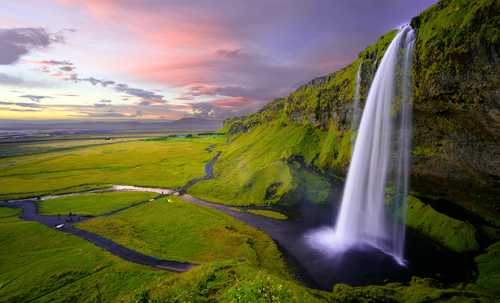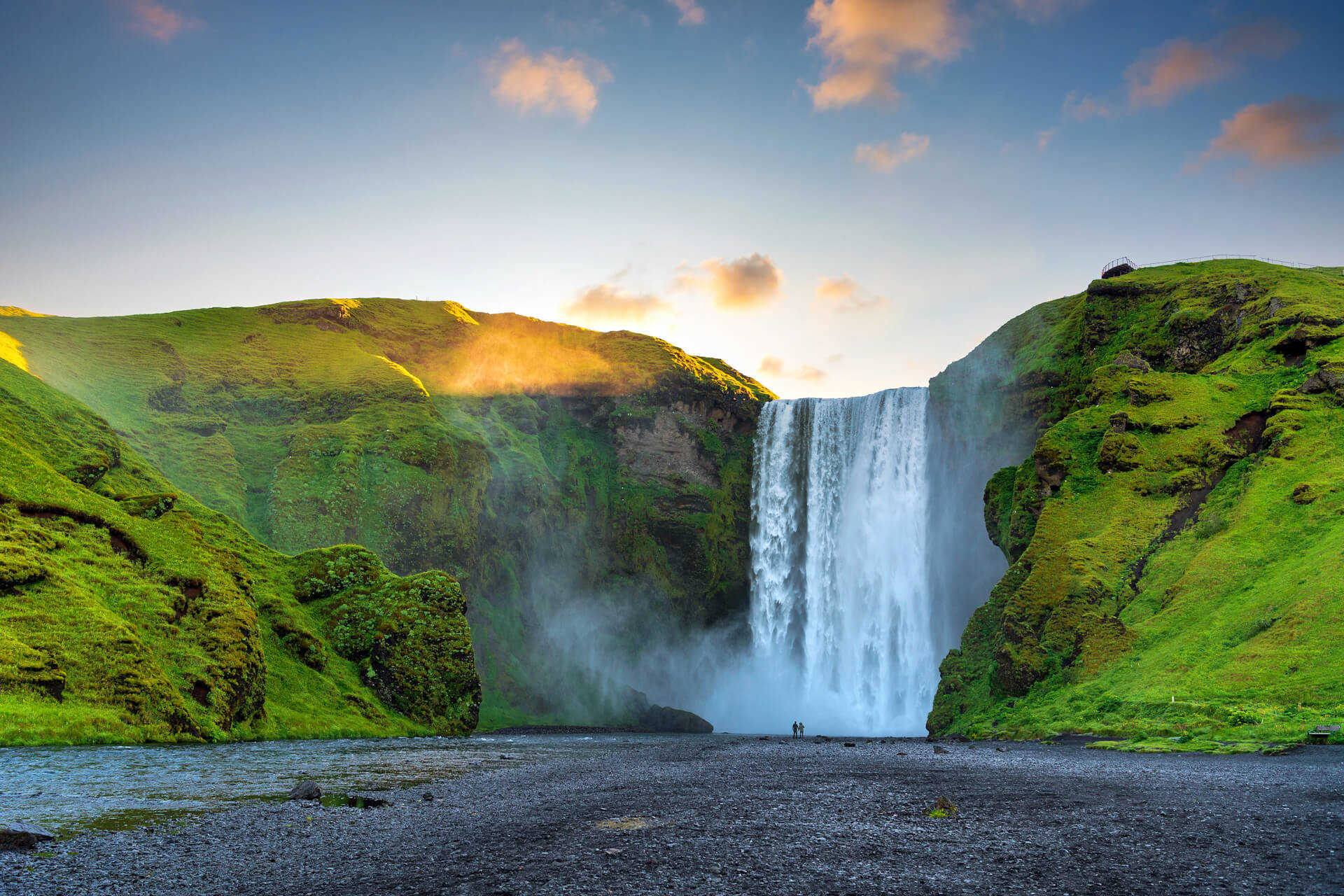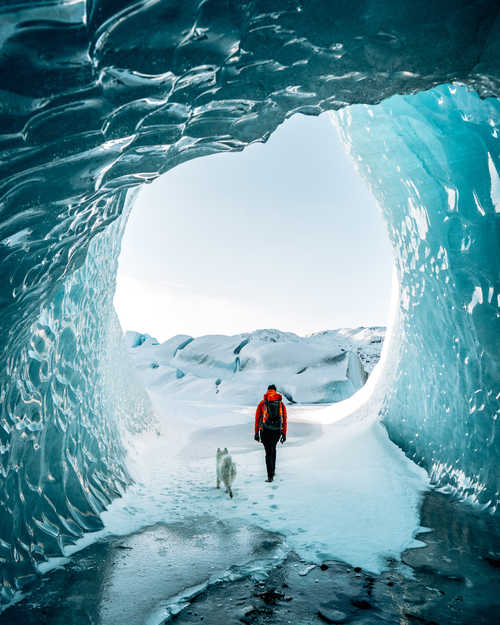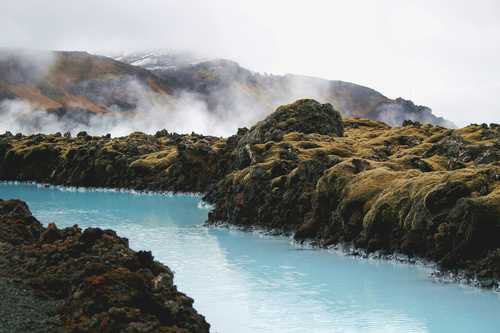
Best time to visit Iceland
Destinations

Laugavegur Trek - For those wishing to delve
into the remote wilderness of Iceland's rolling hills.
Fire, Ice and Northern Lights - For anyone
wanting to see the natural wonders that Iceland has to offer.
Volcanoes, Deserts and Glaciers - Explore the
Rhyolite mountains of the Kerlingarfjöll massif then hike on the Vatnajökull
ice cap.
Ultimate Iceland - Hit all the highlights in this full circumnavigation
of Iceland.


